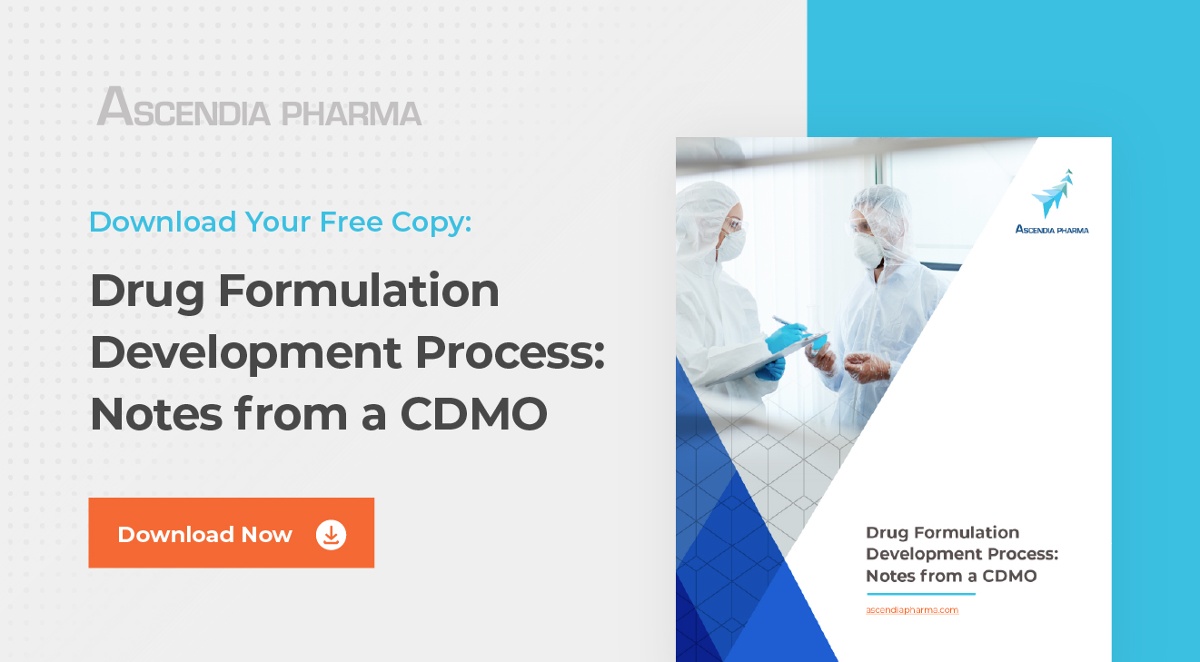Recent Innovations in Pharmaceutical Hot Melt Extrusion
 The importance of hot melt extrusion (HME) technology in the pharmaceutical industry is evident in the wide range of drug products that are currently marketed (Table 1)1. HME is utilized to produce various drug delivery systems such as pellets, granules, tablets (immediate and modified release), oral fast dissolving systems, transdermal and transmucosal delivery systems, transungual delivery systems and implants [2]. The advantages of employing the technology have been discussed in numerous review papers2-4. In this review article, we discuss major innovations in pharmaceutical HME technology during the past five years focusing on new instrumentation and polymers, processes using HME, and process analytical technologies (PAT).
The importance of hot melt extrusion (HME) technology in the pharmaceutical industry is evident in the wide range of drug products that are currently marketed (Table 1)1. HME is utilized to produce various drug delivery systems such as pellets, granules, tablets (immediate and modified release), oral fast dissolving systems, transdermal and transmucosal delivery systems, transungual delivery systems and implants [2]. The advantages of employing the technology have been discussed in numerous review papers2-4. In this review article, we discuss major innovations in pharmaceutical HME technology during the past five years focusing on new instrumentation and polymers, processes using HME, and process analytical technologies (PAT).
New Polymers for HME
Polyethyleneglycol-polyvinyl caprolactam-polyvinyl acetate grafted copolymer is a recently developed polymer used increasingly in HME for drug development. The polymer has an amphiphilic structure allowing it to act as both a matrix forming polymer and as a solubilizer of poorly soluble APIs in aqueous solutions. It has a low glass transition temperature of 70° and good thermal stability above 290°C5. Djuris et al. have demonstrated with a single screw hot-melt extruder that a mixture of carbamazepine and Polyethyleneglycol-polyvinyl caprolactam-polyvinyl acetate grafted copolymer can be extruded to form a solid dispersion as predicted by their thermodynamic model3.
In another example, the oral bioavailability of valsartan was improved by melt extrusion with this copolymer and the addition of a nonionic surfactant, vitamin E TPGS6.

